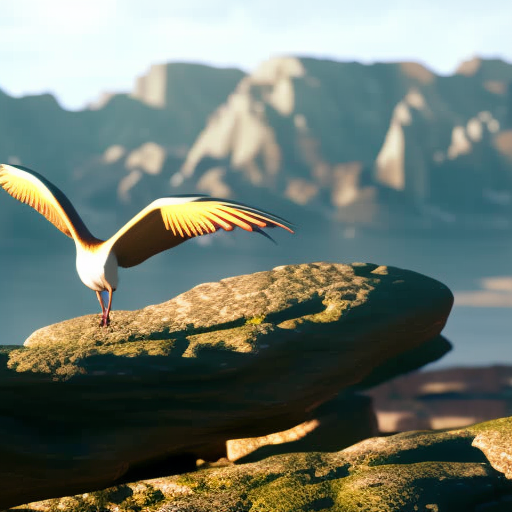Summary:
Archaeopteryx is a genus of bird-like dinosaurs that lived during the Late Jurassic period, approximately 150 million years ago. It is considered a transitional fossil, possessing both reptilian and avian characteristics. Archaeopteryx is important in understanding the evolution of birds from dinosaurs and provides evidence for the link between reptiles and birds. It had feathers, wings, and a beak, but also retained reptilian features such as teeth and a long bony tail.
Discovery and Classification:
Archaeopteryx was first discovered in 1861 in Germany by a limestone quarry worker. Since then, several specimens have been found, with the most famous being the “London Specimen” and the “Berlin Specimen.” These fossils have provided valuable insights into the anatomy and behavior of this ancient creature. Archaeopteryx is classified as a theropod dinosaur, belonging to the family Archaeopterygidae.
Anatomy and Features:
Archaeopteryx had a unique combination of reptilian and avian features. It had feathers covering its body, wings for flight, and a beak instead of teeth. However, it also possessed reptilian traits such as teeth, a long bony tail, and claws on its wings. The wings of Archaeopteryx were similar to those of modern birds, with well-developed flight feathers. Its feathers were asymmetrical, suggesting it was capable of powered flight.
Flight and Feathers:
The discovery of Archaeopteryx provided crucial evidence for the evolution of flight in birds. Its feathered wings were adapted for flight, although it is unclear how well it could fly compared to modern birds. The asymmetrical feathers of Archaeopteryx are similar to those of modern birds, which are essential for generating lift and maneuverability during flight. This suggests that Archaeopteryx was capable of powered flight, although it may have been less efficient than modern birds.
Evolutionary Significance:
Archaeopteryx is considered a transitional fossil, representing an intermediate stage between non-avian dinosaurs and modern birds. Its combination of reptilian and avian features provides evidence for the evolutionary link between these two groups. The discovery of Archaeopteryx supports the theory that birds evolved from small, feathered theropod dinosaurs. It also suggests that flight evolved before the development of other avian characteristics, such as a beak and the loss of teeth.
Importance in Paleontology:
Archaeopteryx is one of the most important fossils in paleontology. Its discovery revolutionized our understanding of the evolution of birds and the relationship between dinosaurs and birds. It provides evidence for the gradual transition from reptilian ancestors to modern birds. The well-preserved fossils of Archaeopteryx have allowed scientists to study its anatomy and behavior in detail, shedding light on the early stages of avian evolution.
Controversies and Debates:
The classification and evolutionary significance of Archaeopteryx have been the subject of debates among scientists. Some argue that it is a direct ancestor of modern birds, while others believe it represents a side branch in avian evolution. Additionally, the discovery of other feathered dinosaurs has raised questions about whether Archaeopteryx was truly unique in its combination of reptilian and avian features. Nonetheless, Archaeopteryx remains a crucial piece of evidence in understanding the evolution of birds.
In conclusion, Archaeopteryx is a genus of bird-like dinosaurs that lived during the Late Jurassic period. It is considered a transitional fossil, possessing both reptilian and avian characteristics. Its discovery has provided valuable insights into the evolution of birds from dinosaurs and the link between reptiles and birds. Archaeopteryx had feathers, wings, and a beak, but also retained reptilian features such as teeth and a long bony tail. Its well-preserved fossils have allowed scientists to study its anatomy and behavior, contributing to our understanding of avian evolution.












